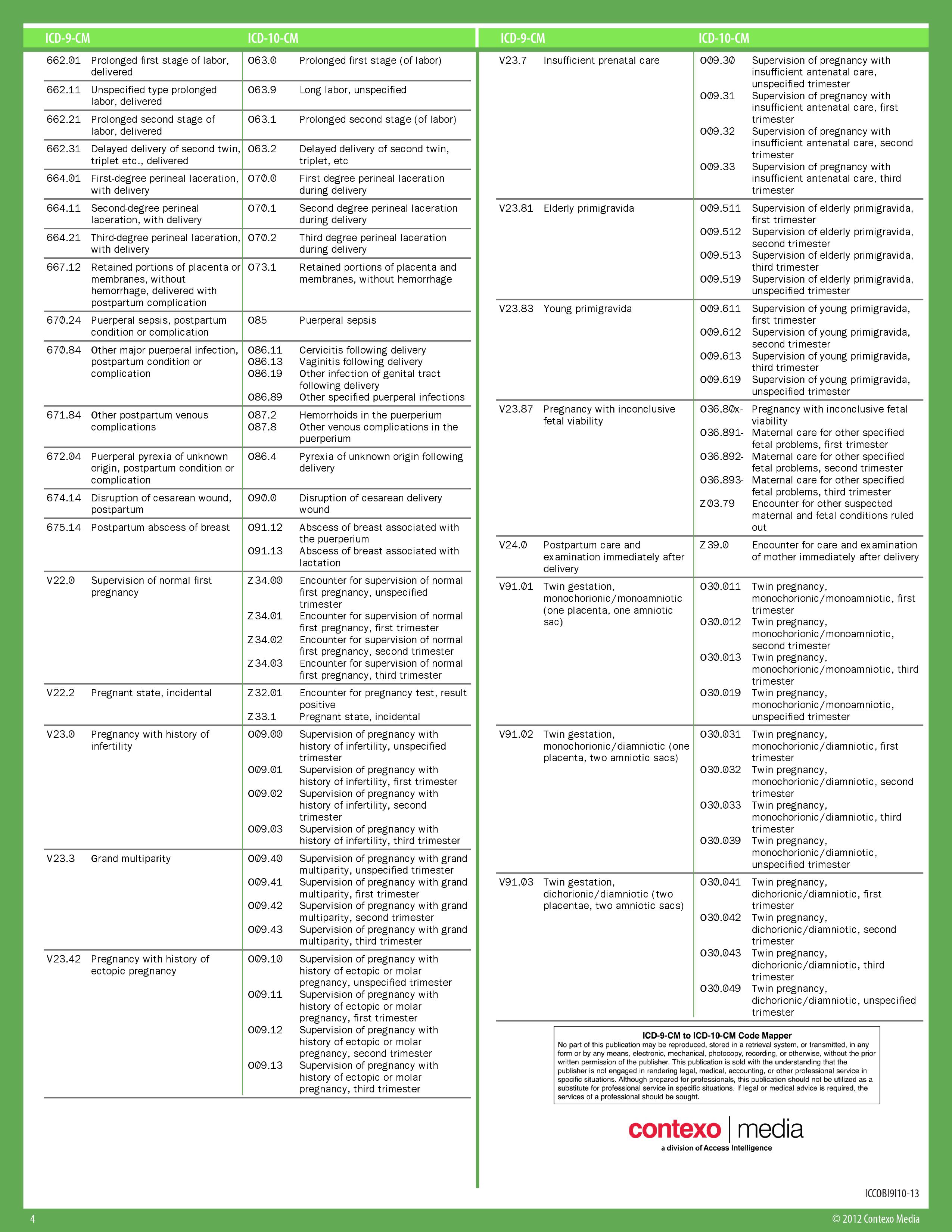
The presence of Q waves may indicate a prior myocardial infarction as the etiology of the palpitations, and a prolonged QT interval may indicate the presence of the long QT syndrome. Significant left ventricular hypertrophy with deep septal Q waves in I, L, and V4 through V6 may indicate hypertrophic obstructive cardiomyopathy.
.jpg)
The presence of a short PR interval and a delta wave (Wolff-Parkinson-White syndrome) is an indication of the existence of ventricular pre-excitation. (paragraph) A 12-lead electrocardiogram must be performed on every patient complaining of palpitations. Other less common cardiac causes include valvular heart disease (eg, mitral valve prolapse), pacemaker syndrome (ie, atrioventricular dyssynchrony due to single chamber pacing), atrial myxoma, and high-output cardiac states. Arrhythmias causing palpitations include tachyarrhythmias, bradyarrhythmias, and ectopic beats. Cardiac arrhythmias may develop due to underlying structural heart disease (eg, cardiomyopathy, previous myocardial infarction) or identifiable conduction system abnormality (eg, long QT syndrome, Wolf-Parkinson-White syndrome, complete heart block), or they may be idiopathic.

Cardiac causes of palpitations include:Ĭardiac arrhythmias, including the development of a new arrhythmia or a significant change in the rate of a previously stable arrhythmia (such as atrial fibrillation).

Cardiac disorders are a common cause of palpitations, and this possibility generates the most concern among clinicians. ATIAL FLUTTER/FIBRILATION: ICD 8: 427.93, 427.94.


 0 kommentar(er)
0 kommentar(er)
